In the last part of the guide on sustainable fabric, we have discussed the least sustainable fabric which is harmful for the environment. In today’s blog, we have come up with some most sustainable fabric that you can use to make the apparel eco friendly. With these fabrics you can follow the concept of sustainable fashion. So let's know about the materials that contribute to saving the environment and how they are different from the least sustainable fabrics.
Organic or recyclable cotton

Organic cotton is a more environmentally friendly replacement for regular cotton. Grown without the use of toxic pesticides and processed without the introduction of hazardous chemicals, organic cotton is a healthier alternative to conventional cotton.
Recycled cotton is the most eco-friendly fabric for clothing. There is a significant reduction in the amount of water and energy required to create this fabric compared to conventional and organic cotton due to the usage of post-industrial and post-consumer waste.
Organic hemp fabric

Due to its strength and longevity, hemp is often used into textiles, ropes, and even sails. It also shields from the sun's harmful rays and acts as a natural insulator and air conditioner. Furthermore, it has a low impact on the natural world.
The plant is drought-resistant and may survive with very minimal care. It also recycles between 60 and 70 percent of the soil's nutrients back into the ground. In addition, no chemicals are used in the process of spinning it into fabric. It should be noted that some producers opt for a more chemical-intensive procedure in order to speed up production, which is not ideal for the planet. To eliminate the flaws of the fashion industry, this material is ideal.
Organic linen

Linen, a popular fabric for warmer climates, originates from the flax plant. It shares hemp's low water and pesticide needs. If left undyed, it decomposes entirely.
Both the natural plant and the cloth that is created from it need less water since the process for creating linen is more mechanically intensive than water demanding.
Since flax plants are so common, so is the method for making linen fabric from them. When left unprocessed, it is a very sustainable solution for local production.
You've probably heard of flax seeds since they're a popular addition to salads and smoothies, much like hemp seeds. Flax seeds, when combined with water, provide a vegan alternative to eggs.
Econyl fabric

If you've read about nylon textile and are interested in finding a replacement, consider Econyl. Used fishing nets and plastic from factories are transformed into this cloth. Almost all of the textiles of the future use a closed-loop production method similar to this one.
Keep in mind that since this fabric is plastic, it may shed tiny particles when cleaned. Econyl is particularly practical in long-lasting forms like footwear and backpacks, which don't need to be cleaned as often. Try using a washing bag for the things that absolutely must be cleaned, since this reduces the amount of microplastics that end up in the water supply.
Tencel lyocell

A relatively new fabric, Tencel, is made from wood pulp, and its properties are similar to those of rayon. Since it’s derived from plant material, it is biodegradable.
The production of Tencel uses only one-third of the water that is needed to produce rayon, and over 99% of the water and solvents used are able to be recycled! That means there is no need for new solvents.
This greatly reduces the release of dangerous chemicals into the surrounding environment. Plus, the solvents used in Tencel production are non-toxic, unlike those of viscose.
FAQ
What type of fabric is eco-friendly?
Textiles made from renewable resources like hemp, wool, organic cotton, soy silk, bamboo fabrics, jute, maize fibre, etc. are regarded to be environmentally friendly since they may be produced without the use of hazardous chemicals or poisonous byproducts. They are also more reasonably priced than other synthetic fibres.
How can you include sustainability in textiles?
Including sustainability in textile starts with the adding designing process in such a way that recycled products are being used majorly. Follow slow fashion trends for your designer collection and it should be cost effective as well as sustainable.
We also happen to be a magnet for suggestions, and would love to catch yours….throw us yours on hello@fabriclore.com

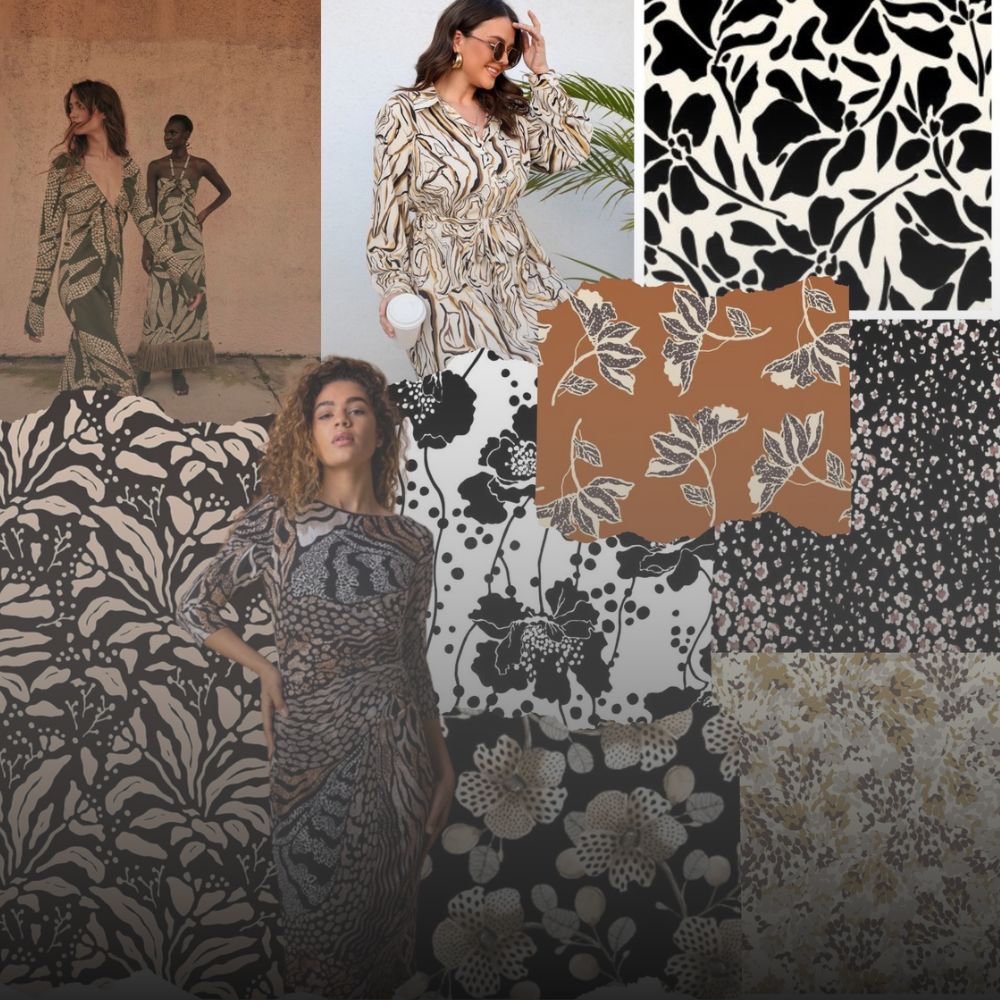
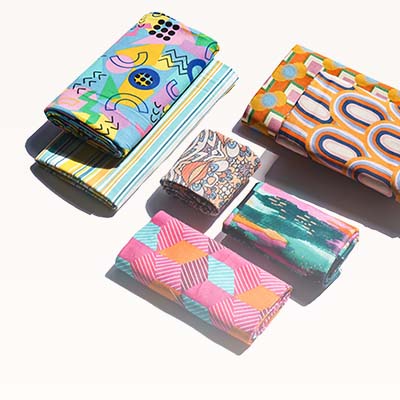
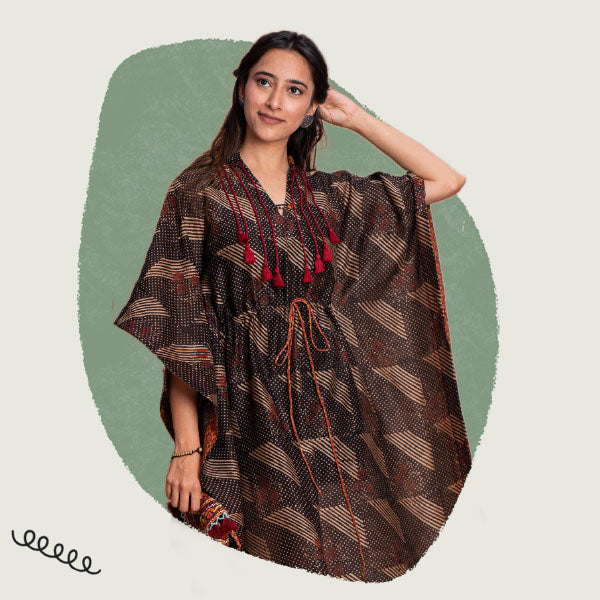

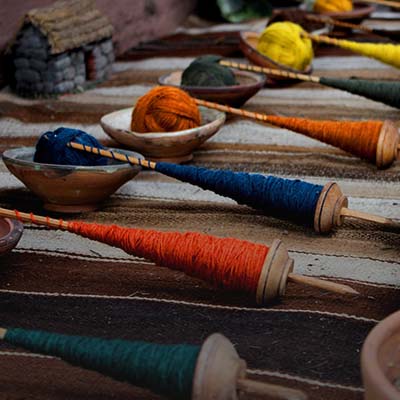

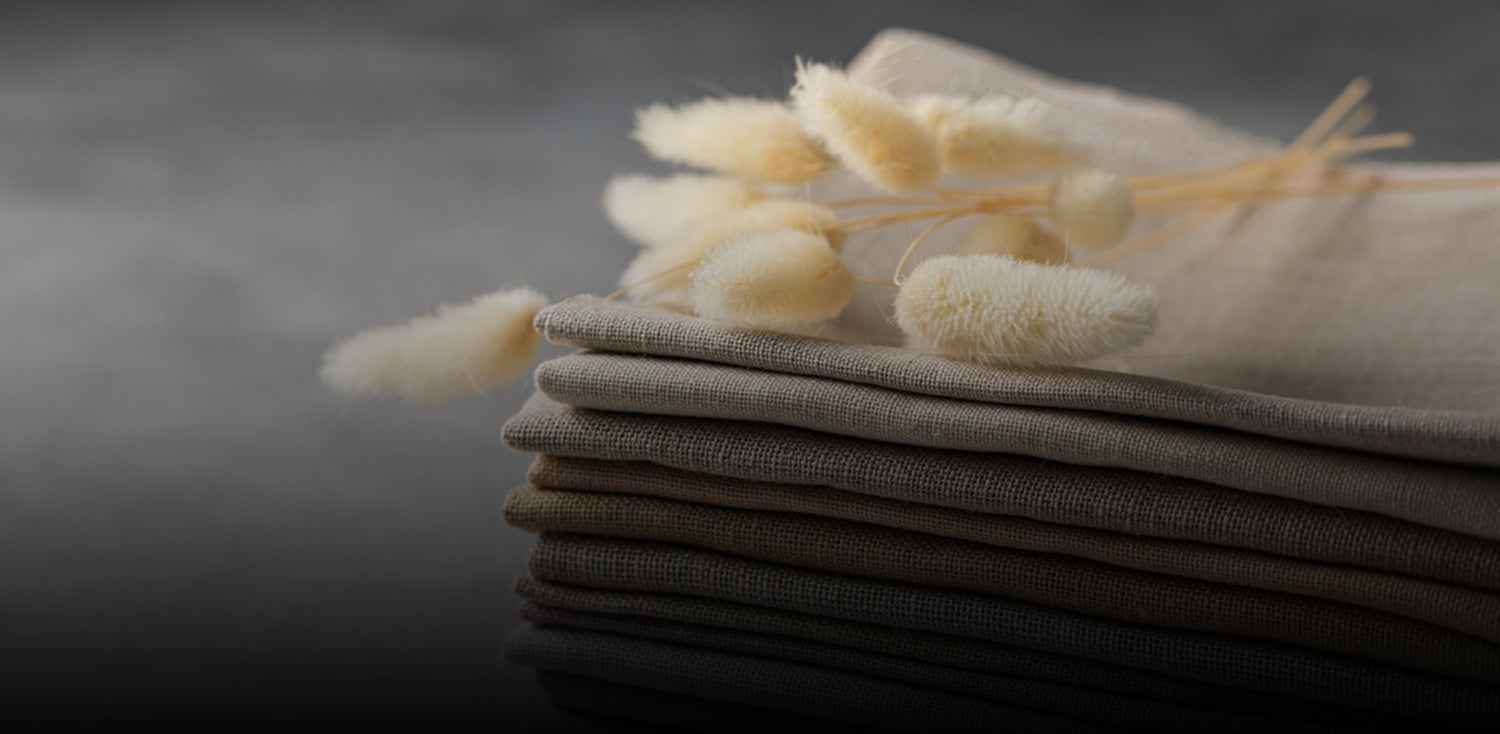

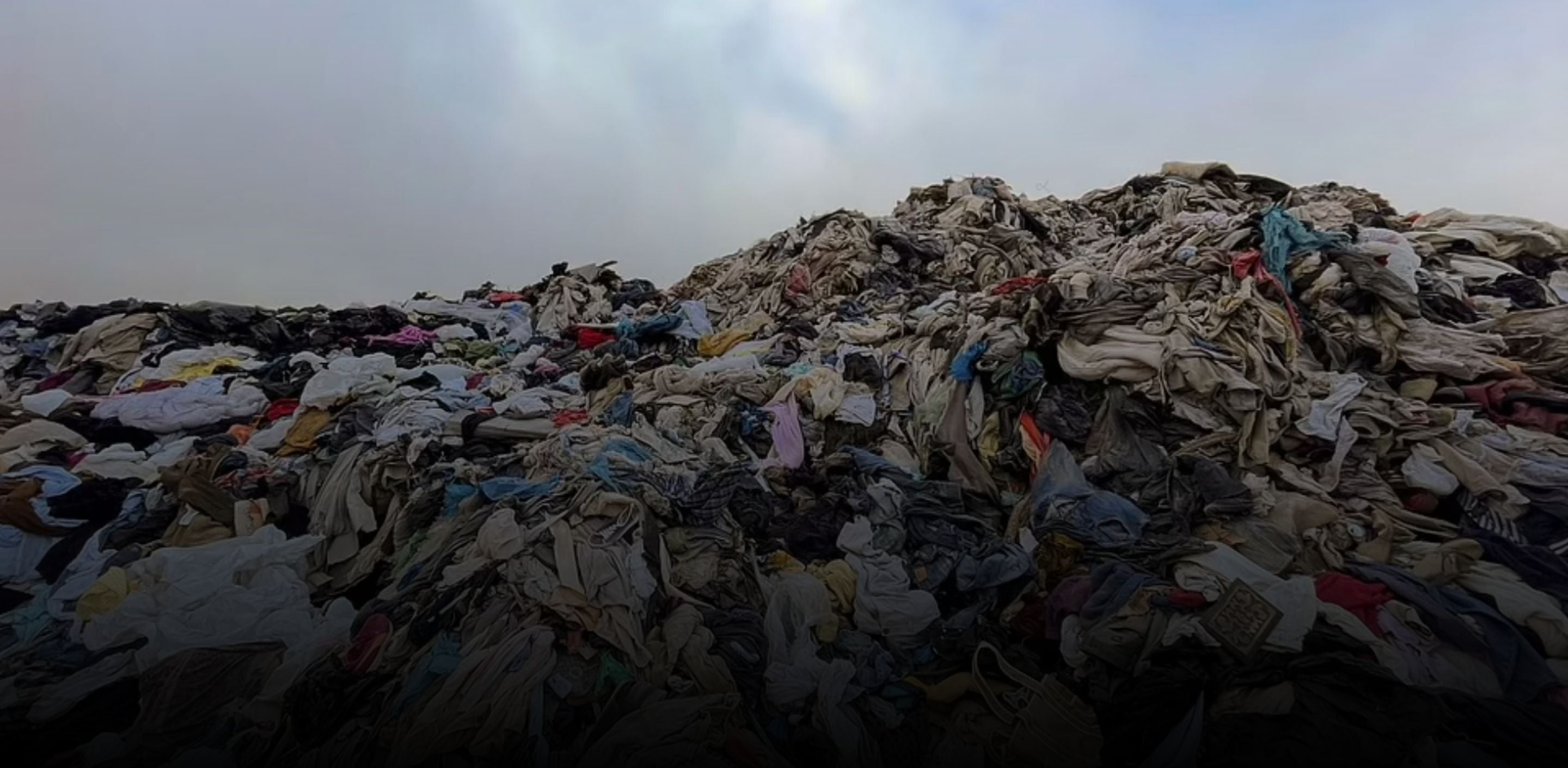

Leave a comment
This site is protected by reCAPTCHA and the Google Privacy Policy and Terms of Service apply.